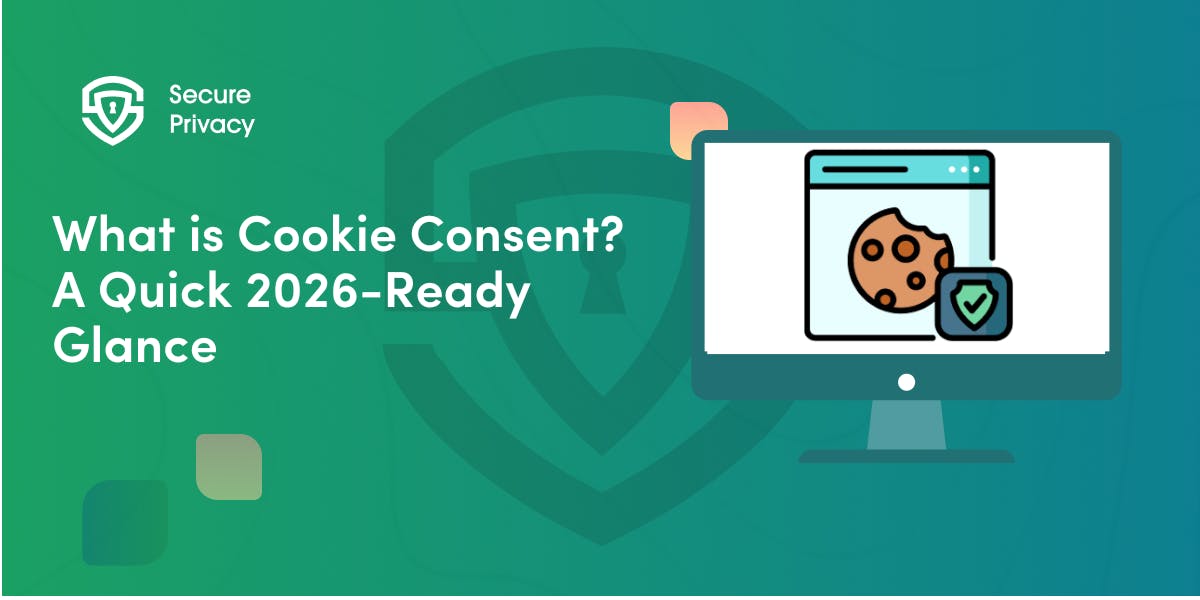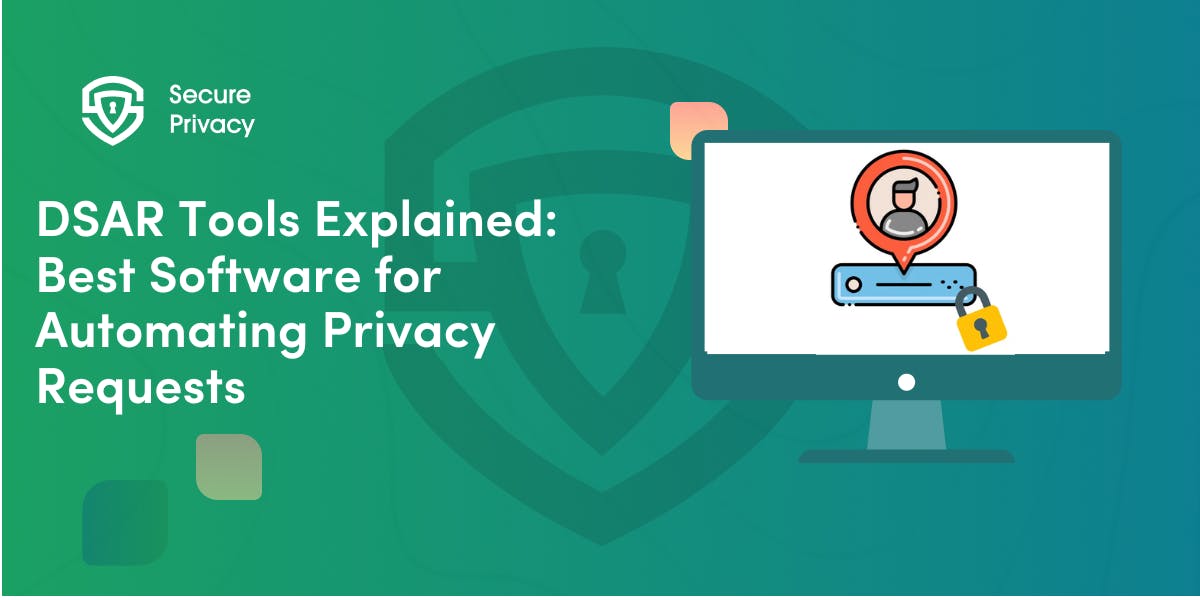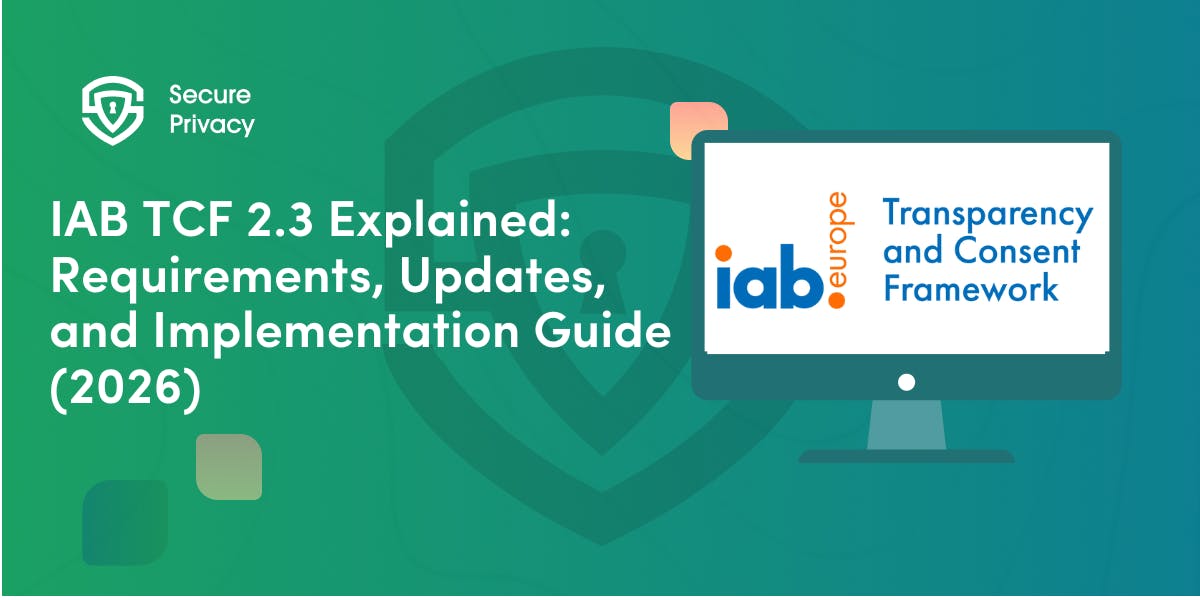Simplify Website Compliance with Automated Scanning
Automate GDPR, CCPA, ePrivacy and privacy compliance with Secure Privacy. Our automation technology scans your website every month for new cookies and plugins. Your account is automatically updated.
Secure Privacy performs a monthly automated deep web scanning for GDPR and others to keep your privacy policy and cookie banner up do date and keep you compliant with the privacy laws.
You probably try new tracking tools every now and then. You install them and test how they work. If you like the results, you keep them on the website. If you’re not happy with it, you drop them.
However, the privacy laws require updating your privacy policy and the cookie banners as you make these changes. Everytime you add or remove a tracking tool, you need to adjust these documents.
Secure Privacy saves you from the hussle. It performs an automated deep web scanning on your website every month. The system will check out all the privacy-related issues with your website. It would use the scanning results to update your account if new or removed plugins were detected.
Hence, you don’t have to care about updating your privacy policy and cookie banners as you change the plugins and the tracking technologies. Secure privacy will regularly scan your website, check out for any changes, and make the necessary updates to keep your website compliant with the privacy laws.
The updates may include:
- Plugins in the privacy policy (if set up with Secure Privacy)
- Plugins in the privacy banner (displayed when clicking on the Trust Badge)
- Opt-out solutions (if vendors have updated their opt-out tools)
Other Secure Privacy features:
- Increase customer trust and credibility with the ‘Trust Badge’.
- Single Sign-On (SSO) is one of Secure Privacy’s features for enterprises.
- Cross-domain consent collects user's consent across multiple domains using a single cookie banner.
- Modify CSS of your cookie banner.

What is Cookie Consent? A Quick 2026-Ready Glance
Your website loads. Cookies track users. But without proper cookie consent, you're violating GDPR — risking fines up to €20 million or 4% of global revenue. Cookie consent is the legally required mechanism by which websites obtain explicit user approval before deploying non-essential tracking technologies. This requirement stems from GDPR Article 4(11) and the ePrivacy Directive, mandating that consent must be freely given, specific, informed, and unambiguous.
- Legal & News

DSAR Tools Explained: Best Software for Automating Privacy Requests
You're drowning in data subject access requests. Manual searches through dozens of systems miss regulatory deadlines and expose organizations to fines starting at $2,500 per violation. The solution? DSAR tools — purpose-built software that automates the entire process of responding to data subject access requests, from intake to delivery.
- Legal & News

IAB TCF 2.3 Explained: Requirements, Updates, and Implementation Guide (2026)
Your ad revenue dropped 40% overnight. Google stopped bidding on your inventory. Your DSP partners flagged your traffic as non-compliant. The culprit? An outdated TCF 2.2 consent string after the February 2026 enforcement deadline.
- Legal & News
- Cookie Consent
